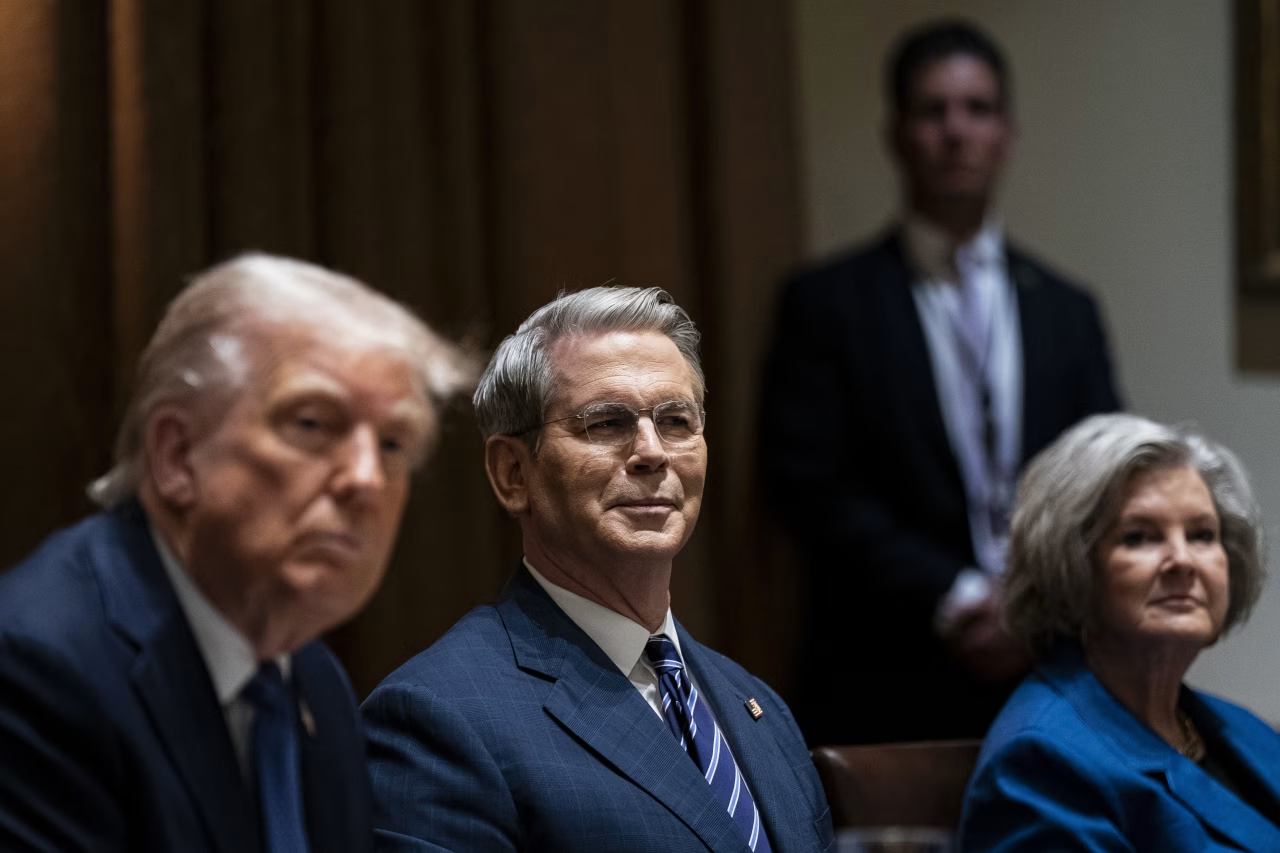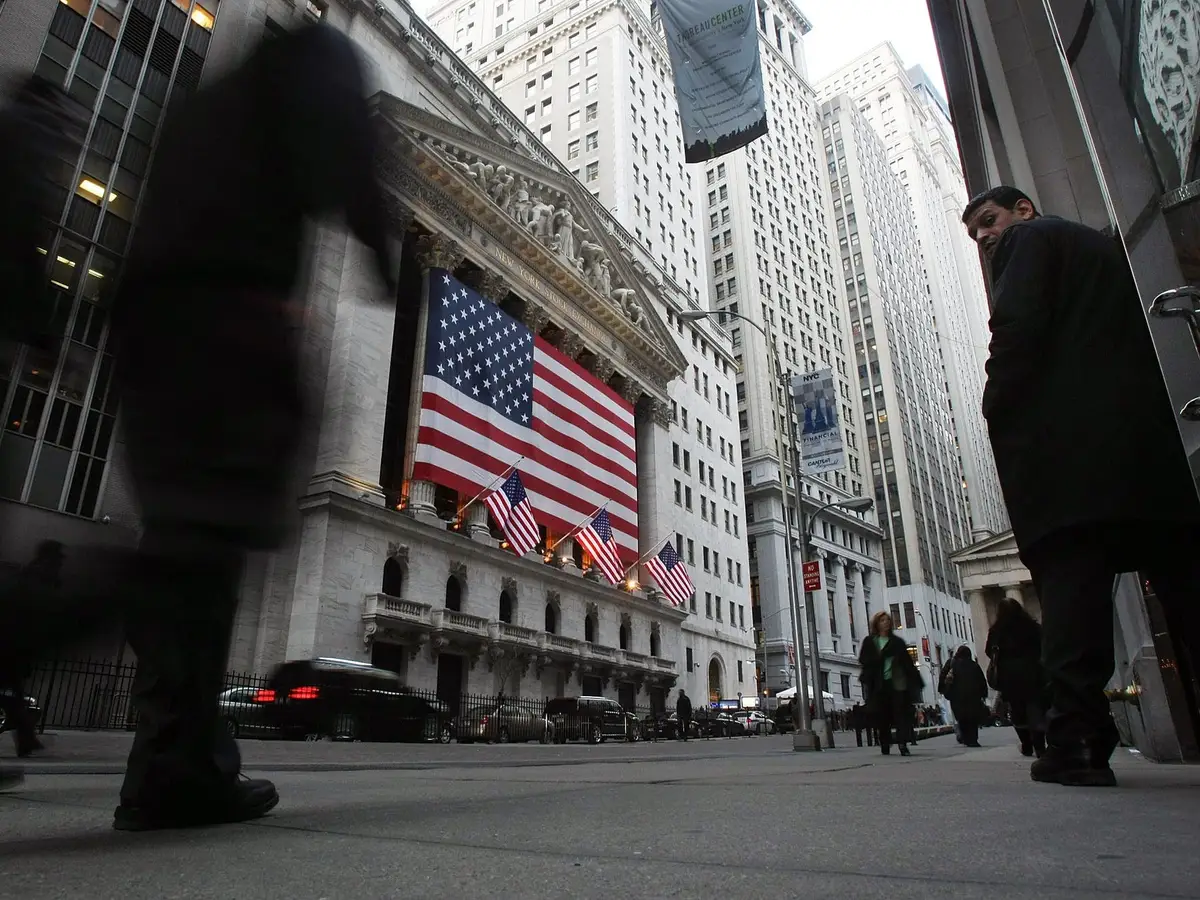August 6, 2025 — Washington, D.C.
Former President Donald Trump, seeking to shape the future of U.S. monetary policy ahead of a potential second term, has confirmed he has narrowed his list of candidates for the next Federal Reserve Chair to four individuals. Notably, he ruled out Treasury Secretary Scott Bessent, who has reportedly declined interest in the role.
In a televised interview, Trump said he “loves” Bessent but made it clear that the Treasury Secretary intends to remain in his current position. This eliminates one of the more high-profile names speculated for the central bank’s top job.
Top Contenders Revealed
While Trump did not disclose the full list, he identified two frontrunners: Kevin Hassett and Kevin Warsh.
- Kevin Hassett, former Chair of the Council of Economic Advisers and now Director of the National Economic Council, has been a loyal economic advisor to Trump. He is known for supporting the administration’s tax reform agenda and economic stimulus strategies.
- Kevin Warsh, a former Federal Reserve governor and current academic, is widely viewed as a candidate who favors a more aggressive monetary policy. His previous critiques of current Fed leadership have drawn attention from Trump and fiscal conservatives.
The other two candidates remain unnamed but are believed to be individuals with experience in monetary policy or central banking, possibly current or former Federal Reserve officials.
Political and Economic Context
This announcement follows the resignation of Federal Reserve Governor Adriana Kugler, creating a new vacancy that Trump plans to fill in the coming days. The move comes amid rising inflation concerns and ongoing debate over the central bank’s direction heading into 2026, when current Fed Chair Jerome Powell’s term expires.
Trump has been openly critical of Powell, accusing him of being slow to cut interest rates and damaging the economic recovery during his first term. Despite this, Trump confirmed that he does not intend to remove Powell before the end of his term, citing legal boundaries and procedural constraints.
Strategy for the Fed
Trump’s shortlist appears to reflect his broader vision for a more responsive and politically aligned central bank. By appointing allies who favor interest rate reductions and looser monetary conditions, he may be aiming to stimulate economic growth in preparation for a potential second term.
Kevin Warsh’s inclusion signals interest in bringing a more market-focused and fiscally flexible approach to the Fed. Warsh has previously advocated for closer coordination between the Fed and the Treasury, a view that could reshape traditional norms around central bank independence.
Meanwhile, Kevin Hassett offers a more familiar and pragmatic voice. Known for his economic modeling expertise and pro-growth outlook, Hassett has been instrumental in shaping Trump-era economic policy and could provide continuity in fiscal messaging.
What’s Next
Trump indicated that a nomination to replace Kugler will be announced within the week. While the eventual Fed Chair appointment will not take effect until Powell’s term concludes in May 2026, the current vacancy could serve as a strategic foothold for whoever is selected.
The Senate will need to confirm any appointments, meaning Trump’s pick may undergo scrutiny not just for economic credentials, but for potential political bias. Still, with rising inflation, uncertain global growth, and pressure on interest rate policy, the selection of the next Fed Chair could significantly impact the direction of U.S. economic policy for years to come.
Summary Table: Fed Chair Selection Update
| Item | Details |
|---|---|
| Current Fed Chair | Jerome Powell (term ends May 2026) |
| Ruled Out Candidate | Scott Bessent (Treasury Secretary) |
| Confirmed Contenders | Kevin Hassett, Kevin Warsh |
| Remaining Candidates | Two unnamed individuals |
| Vacancy Created By | Resignation of Adriana Kugler |
| Chair Nomination Timeline | Expected in coming months |
| Next Governor Appointment | Expected within one week |
| Trump’s Monetary Priority | Lower interest rates, growth stimulation |
Conclusion
Trump’s latest comments indicate that the Fed’s future leadership is likely to reflect his policy priorities—lower rates, closer fiscal coordination, and a shift away from traditional monetary orthodoxy. As the 2026 transition looms, the decisions made now could reshape the economic landscape well beyond the next election.












Leave a Reply